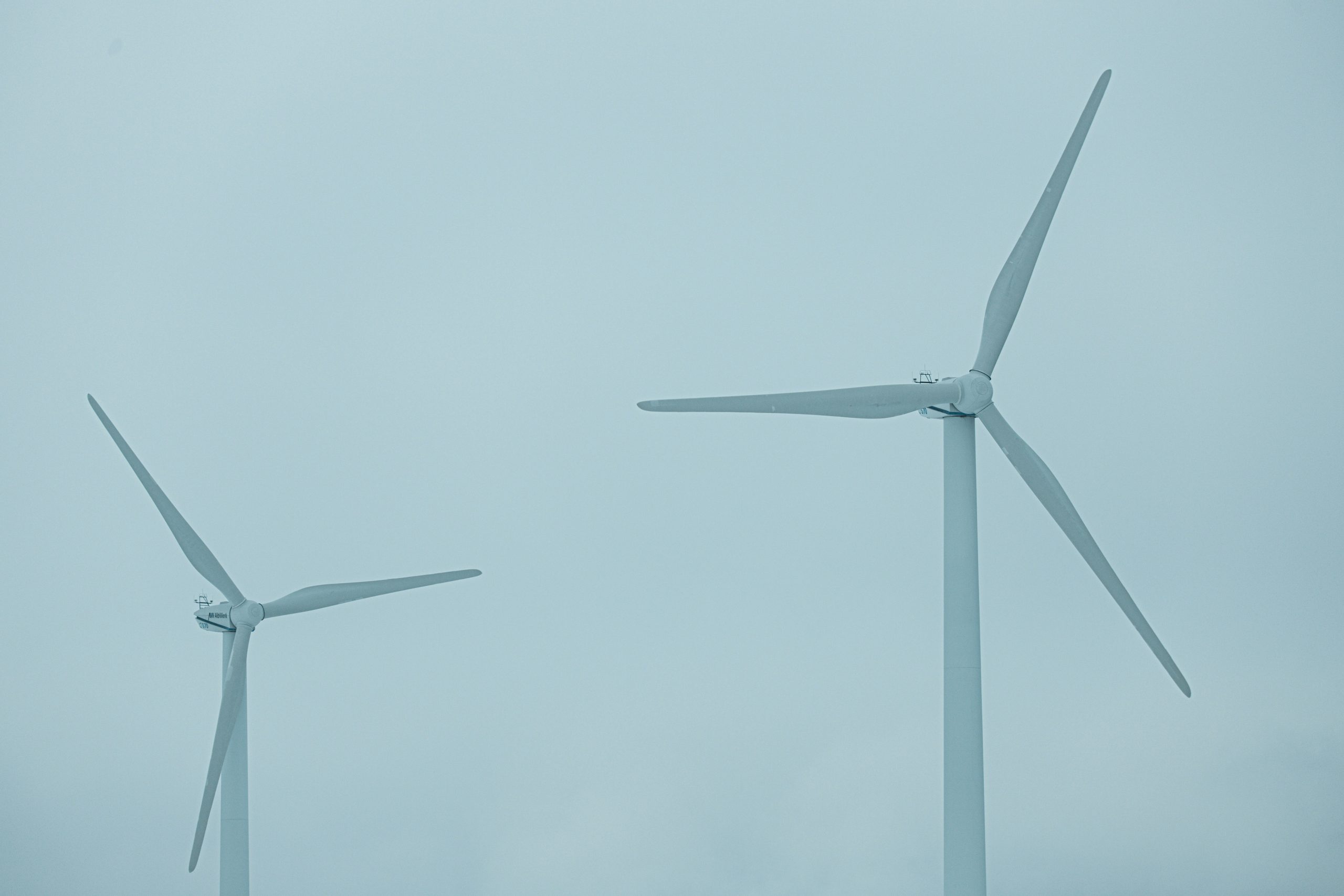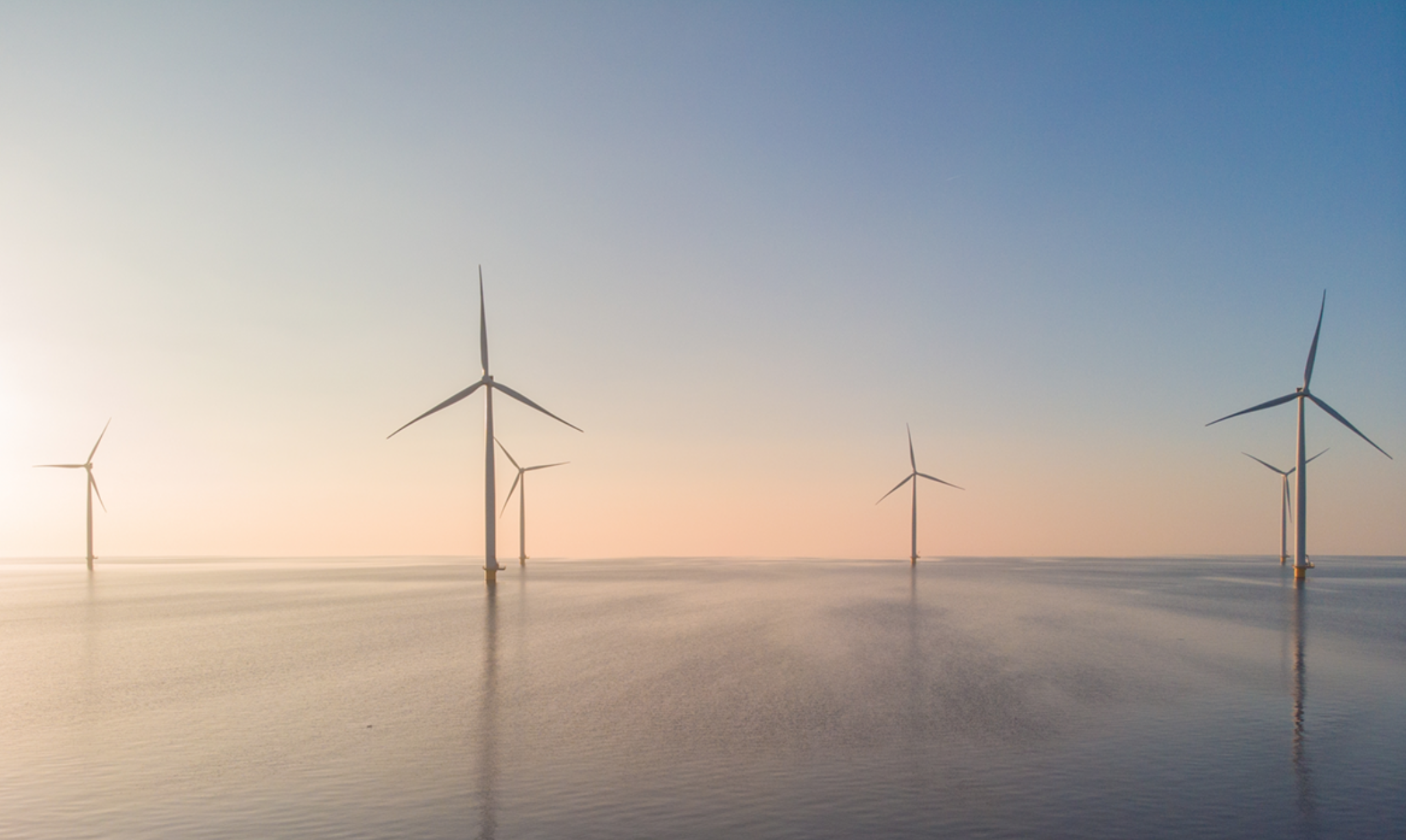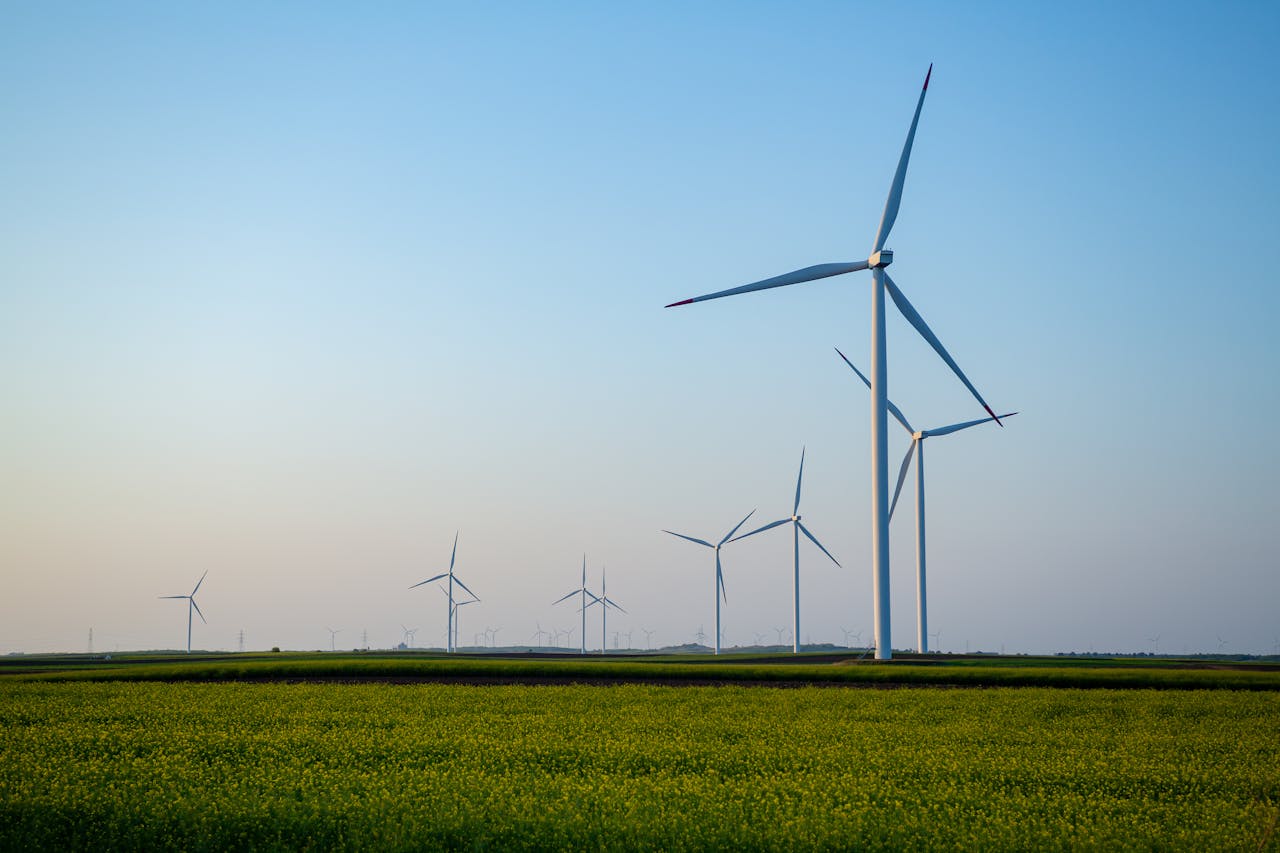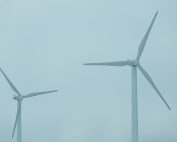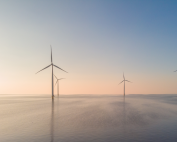The Federal Ministry of the Interior, Construction and Interior (BMI) announced that on September 1, 2021, the site development plan for the Exclusive Economic Zone (EEZ) in the North Sea and the Baltic Sea has entered into force. It defines an area for offshore farms with a total capacity of up to 40 GW.
The Exclusive Economic Zone (EEZ) is an area beyond 12 nautical miles (territorial sea) up to a maximum of 200 nautical miles in which Germany may exercise limited sovereign rights. Dr. Markus Kerber, secretary of state at the Federal Ministry of the Interior, said the new site development plan reserved 5,379 km2 of offshore wind power. This area is more than twice the size of the Saarland and corresponds to a total area of over 750,000 football fields. Wind turbines installed in these areas can generate more electricity in a year than all coal-fired power plants in Germany producing energy in 2020.
“In the new site development plan, approximately 44 percent of the EEZ has been allocated to marine wildlife protection. In general, a site development plan thus enables both sustainable and efficient use of space, on the one hand by reusing certain areas and, on the other hand, by spatially separating incompatible uses”, said Dr. Karin Kammann-Klippstein, President of the Federal Maritime and Hydrographic Agency (BSH).
The site development plan specifies which applications should apply at a given site. We are talking about shipping, offshore wind energy, power cables, data transmission, pipelines, raw material extraction, fishing, scientific research and national defense. It reserves areas for individual applications and thus helps to minimize conflicts of use. Large marine nature protection areas have been designated, as well as areas for the installation of about 40 GW of offshore wind power – we read on the BMI website. In this way, the plan contributes to the achievement of climate goals and the implementation of the energy transition.
The site development plan was developed by the Federal Ministry of the Interior together with the Federal Maritime and Hydrographic Agency (BSH).




